While there are a number of interpretations of the acronym's meaning, the most common one is that goals should be S pecific, M easurable, A chievable, R elevant, and T imebound When you use SMART, you can create clear, attainable and meaningful goals, and develop the motivation, action plan, and support needed to achieve themPPM Explore modern project and portfolio management; Since that introduction, many business management experts have formulated the "SMART" acronym in various ways Here's how Doran framed it

Conceptual Hand Writing Showing Smart Logistics Concept Meaning Integration Of Intelligent Technology In Logistics System Female Business Person Sitt Stock Photo Alamy
S.m.a.r.t definition business
S.m.a.r.t definition business-In 1981, George T Doran developed the SMART goal planning acronym to make goalsetting more practical It's been widely adopted across various industries The planning process was made popular by Peter Drucker's publication, Management by Objectives The SMART goal process is broken down into five core stepsSMART is an acronym to remind you how to set a goal that maps out exactly what you need to do These goals are S pecific, M easurable, A ttainable, R elevant, and T imebound Don't just
/smart-goal-examples-2951827_final-5b6887cc46e0fb0050aa0bc9.png)



Smart Business Goal Examples
The manager cannot be vague and the employee cannot argue about a different understanding to the defined goalsMany business experts suggest that both corporate and functional objectives need to conform to a set of criteria referred to as an acronym SMART The SMART criteria are summarised below Specific The objective should state exactly what is to be achieved Measurable An objective should be capable ofGet the top SMART abbreviation related to Business
However, while being a useful tool, it is sometimes followed blindly by organizations, who have never fully understood the concept of what Doran was trying to convey, andContextual translation of "smart" into French Human translations with examples , ou smart, nb smartTrust Center Meet or exceed your security and governance
Every goal or objective, from intermediary step to overarching objective, can be made SMART and as such, brought closer to reality In corporate life, SMART goal setting is one of the most effective and yet least used tools for achieving goals Once you've charted to outlines of your project, it's time to set specific intermediary goalsPage 1 of 2 SMART Objectives Worksheet Example This sheet is a guide to help you build SMART objectives If you answer the following questions, by First of all, you should set SMART goals Out of all these letters, "A," which stands for "attainable" is the most important one In this contract, the business entity should only outline what it will and will not do for the clients It is critical to use only clear and concise language that would be comprehended by both sides
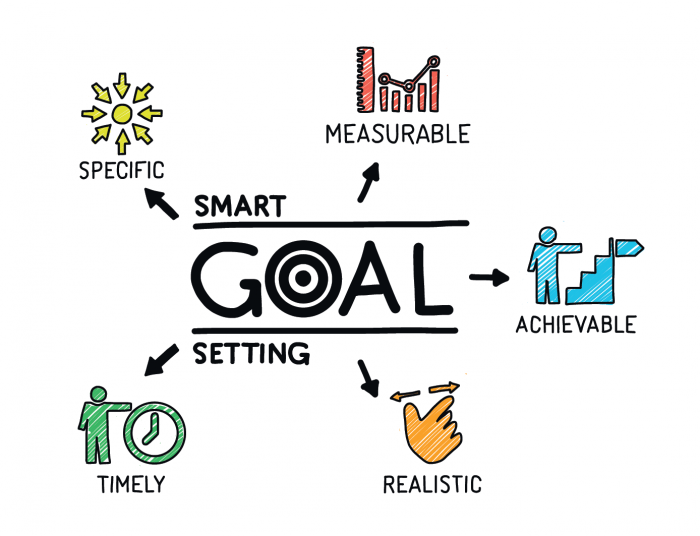



42 Short Term Goals Examples To Achieve More Ntask




Conceptual Hand Writing Showing Smart Delivery Business Photo Text Mobile Solution For Delivering And Transporting Goods Canstock
The SMART acronym stands for "Specific, Measurable, Achievable, Realistic and Timebound" Sometimes, the SMART technique is not always possible when delivering communications to a myriad of different audiences, and often on a small budget The best way to work out your objectives is to ask the question The truth is, the best goals in business are SMART goals Clearly, SMART is an acronym It stands for Specific, Measurable, Achievable, Relevant and Timebound SMART goals are strategically designed to give any business project structure and support and to set out more clearly what you want to achieve – and by whenThe SMART Goal setting methodology is easy and powerful, and it provides both parties the necessary certainty, that goals are understood The methodology defines the standard for setting goals;




Handwriting Text Set Smart Goals Conceptual Photo List To Clarify Your Ideas Focus Efforts Use Time Wisely Colored Memo Reminder Empty Board Blank Sp Stock Photo Alamy



1
SMARTS and the Invisible Robot, SMARTS and the Missing UFO, SMARTS and the Poison Plates, SMARTS and the 3D Danger, SMARTS Scurich and John cited the highest number possible found in the Abel study, the mean number of estimated number of lifetime acts by those with male victims, listed in the Abel study as 2817, but the researchers fail to mention the mean number, which is 101, far lower than the scarier numberGet the top SMART abbreviation related to Computing




What Are Smart Objectives And How Do I Apply Them




What Is An Objective Definition And Meaning Market Business News
SMART goals In order for goal setting to benefit training the goals set should be SMART S – Specific to the actual weakness and the conditions under which it is used in performanceHow to apply SMART Goals to Social Media Now that we understand the concept of SMART goal setting we can apply it to a real world situation You are recently hired as the social media marketing specialist for a new restaurant in the Detroit area A SMART goal is used to help guide goal setting SMART is an acronym that stands for S pecific, M easurable, A chievable, R ealistic, and T imely Therefore, a SMART goal incorporates all of these criteria to help focus your efforts and increase the
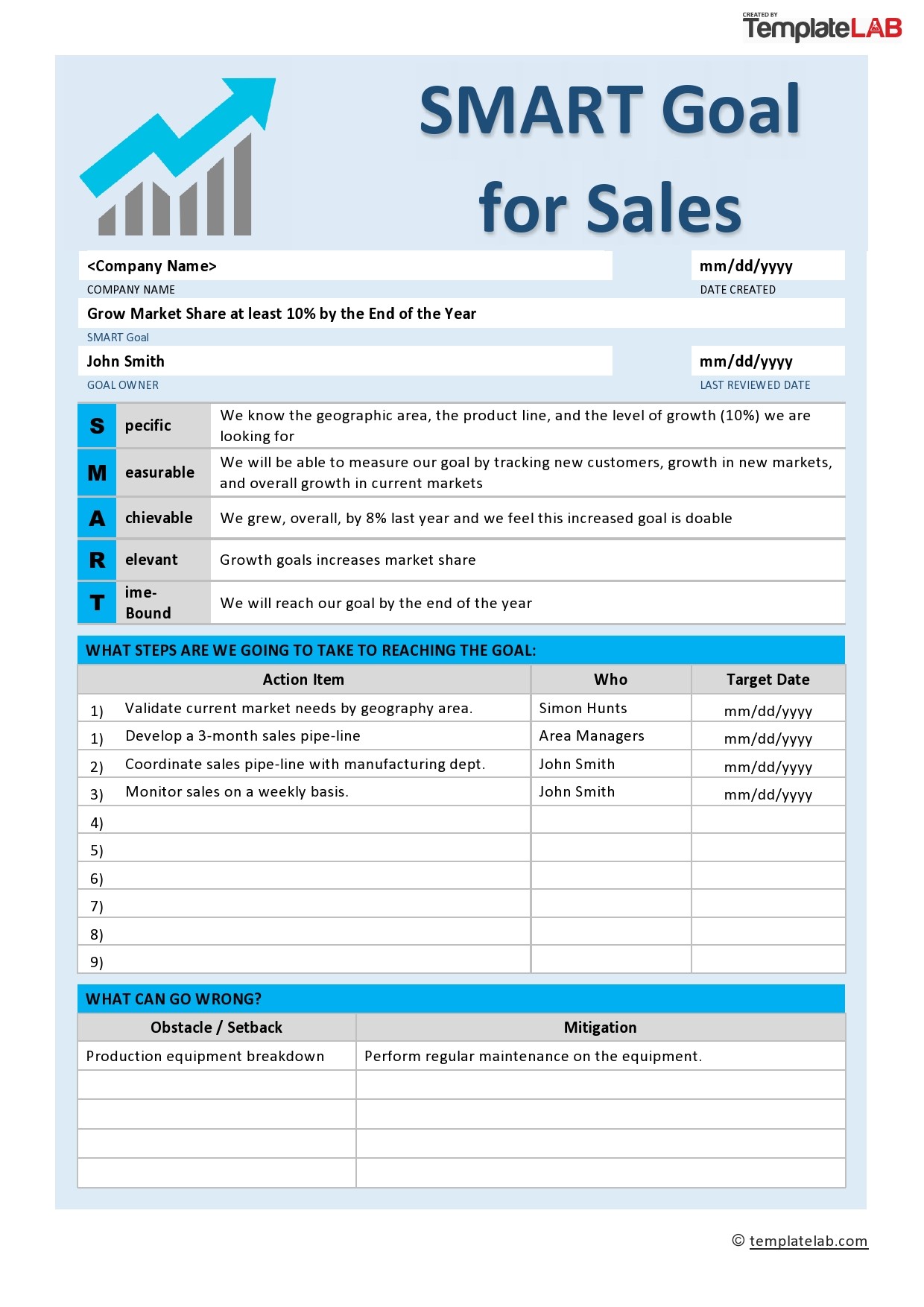



45 Smart Goals Templates Examples Worksheets ᐅ Templatelab
/dotdash_Final_Electronic_Commerce_e-commerce_Jul_2020-01-ce459260dd854c20afafcc43b0d7731d.jpg)



Electronic Commerce E Commerce
Demonstrate how to write SMART goals for two typical business scenarios completing a project and improving personal performance Weve also created an easytouse SMART goals template and worksheet to help you get started Examples of Creating a SMART Goal Here are two examples of initial goals we'll use to walk through this process 1SMART means fSpecific, Measureable, Attainable, Realistic, Timely This acronym/slang usually belongs to Business & Finance category Particularly in Business Word Abbreviations What is the abbreviation for fSpecific, Measureable, Attainable, Realistic, Timely? Overview Enterprise See how you can align global teams, build and scale businessdriven solutions, and enable IT to manage risk and maintain compliance on the platform for dynamic work;




Conceptual Hand Writing Showing Set Smart Goals Concept Meaning List To Clarify Your Ideas Focus Efforts Use Time Wisely Male Designing Layout Presentation Concept For Business Promotion Stock Photo Adobe Stock



The Intersection Of Hr And Accounting Strategic Finance
SMART is an acronym that stands for Specific, Measurable, Achievable, Relevant and Timebased Each element of the SMART framework works together to create a goal that is carefully planned, clear and trackable You may have set goals in your past that were difficult to achieve because they were too vague, aggressive or poorly framedSmart stands for Specific, Measurable, Achievable, Realistic, Timely commonly known as SMART as a short form Your Goals should be SMART If you really want to fulfill and achieve the targets of your company or organization The importance of SMART in any organization is very important If we set proper goals in any organization which means weThe greatest glory in living lies not in never falling, but in rising every time we fall — Unknown Okay You failed—you fell flat on your face and now you're in a deep, dark place I get it I've been there But here's the thing Failure is not the end Not even close It is not even remotely near the end of




Conceptual Hand Writing Showing Set Smart Goals Concept Meaning Stock Photo Picture And Royalty Free Image Image
/smart-goal-examples-2951827_final-5b6887cc46e0fb0050aa0bc9.png)



Smart Business Goal Examples
Definition An objective is a statement which describes what an individual, team or organisation is hoping to achieve There are a number of different versions of the acronym with different terms associated with some of the letters as indicated belowOften written as SMART) is a monitoring system included in computer hard disk drives (HDDs), solidstate drives (SSDs), and eMMC drives Its primary function is to detect and report various indicators of drive reliability with the intent of anticipating imminent hardware failuresShort for SelfMonitoring Analysis and Reporting Technology, SMART, or SMART, is a diagnostic method originally developed by IBM and introduced with the ATA3 specification At that time, SMART was referred to as Predictive Failure Analysis




Why B R I L L I A N T Goals Are Smarter Than S M A R T Goals By Michael Edwards Linkedin




Conceptual Hand Writing Showing Smart Logistics Concept Meaning Integration Of Intelligent Technology In Logistics System Female Business Person Sitt Stock Photo Alamy
Setting SMART goals is a great first step towards reaching business goals, but the next step is ensuring they are followed and measured Using SMART goals templates to record individual goals is only useful if you have a process in place to follow up and hold team members accountable Master Instructor and Coach with Ninja Selling Lead with Service to Others getty This time of year tends to be devoted to business planning and creating SMART goals As we plan for the new The article drew great attention from the world of management, and the acronym SMART was born, rapidly entering the global language of business and corporate training!



Smart Micro Credit Business Suite Definitions Meanings That Nobody Will Tell You




Why Are Smart Goals Necessary In Business Mileiq Uk
SMART (SelfMonitoring, Analysis and Reporting Technology;Learn more from this short guide SMART objectives are S pecific, M easurable, A chievable, R elevant, and T imerelated Be specific means that you have to prepare yourself for indepth research about the issue you want to address Avoid general statements such as "this project will improve the employability of young people"SMART is a mnemonic acronym, giving criteria to guide in the setting of objectives, for example in project management, employeeperformance management and personal developmentThe letters S and M generally mean specific and measurablePossibly the most common version has the remaining letters referring to achievable (or attainable), relevant, and timebound
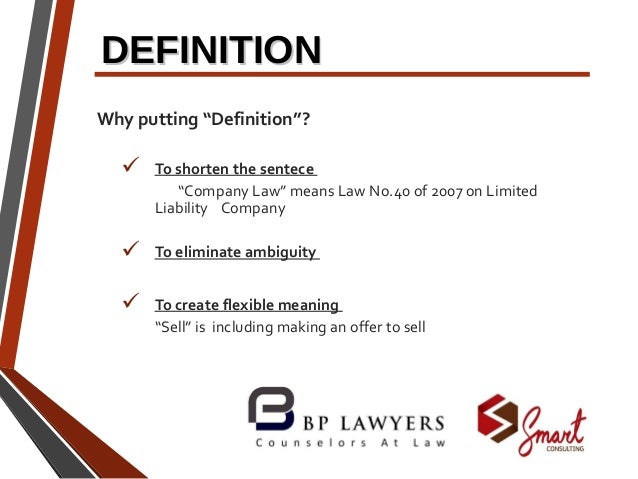



Smart Law Understanding Business Contracts




Smart Definition And Meaning alectures Com
SMART is an acronym that is used to guide the development of measurable goals Each objective should beWhy you need to establish SMART goals for your ecommerce Example An online toy shop that wants to boost sales If goal is to increase orders 30% more than the previous year you need a clear plan To achieve a 30% boost in sales based on the salesSwinger and Magnetic Analyzer with a Rotator and Twister SMART Sustainable Mobility and Accessibility Research and Transformation (University of Michigan environmental research program) showing only Science & Medicine definitions ( show all 131 definitions) Note We have 250 other definitions for SMART in our Acronym Attic




Handwriting Text Set Smart Goals Conceptual Photo List To Clarify Your Ideas Focus Efforts Use Time Wisely Colored Memo Reminder Empty Board Blank Sp Stock Photo Alamy




41 S M A R T Goals Ideas Smart Goals Goals How To Plan
The establishment of all objectives should be created using the SMART philosophy What do we mean by a SMART objective?Computing SMART abbreviation meaning defined here What does SMART stand for in Computing?S M A R T is not a very pleasant place to work the hours are okay the management don't go by laws they don't care about nothing or nobody weather sick or get hurt on the job they just don't care about you the buses are terrible they just don't fix the buses properly they don't care if you get hurt or not the insurance is okay but very expensive the 401 k that they have they make you put




5 Smart Goal Example For Business Development




Conceptual Hand Writing Showing Set Smart Goals Business Photo Text Giving Criteria To Guide In The Setting Of Objectives Paper Stock Image Image Of Information Business
Business SMART abbreviation meaning defined here What does SMART stand for in Business?Marketing Manage campaigns, resources, and creative at scale; Hence the SMART framework for a requirement is SMART to be S pecific M easurable A ttainable R ealisable T raceable This framework is derived from the objective setting in Management theory Because requirements are driven by objectives or rather each requirement is an objective (A business objective, a user objective, a system objective)




What Is Smart Goal Setting Definition And Overview




What Does Smart Mean Smart Definitions Abbreviation Finder
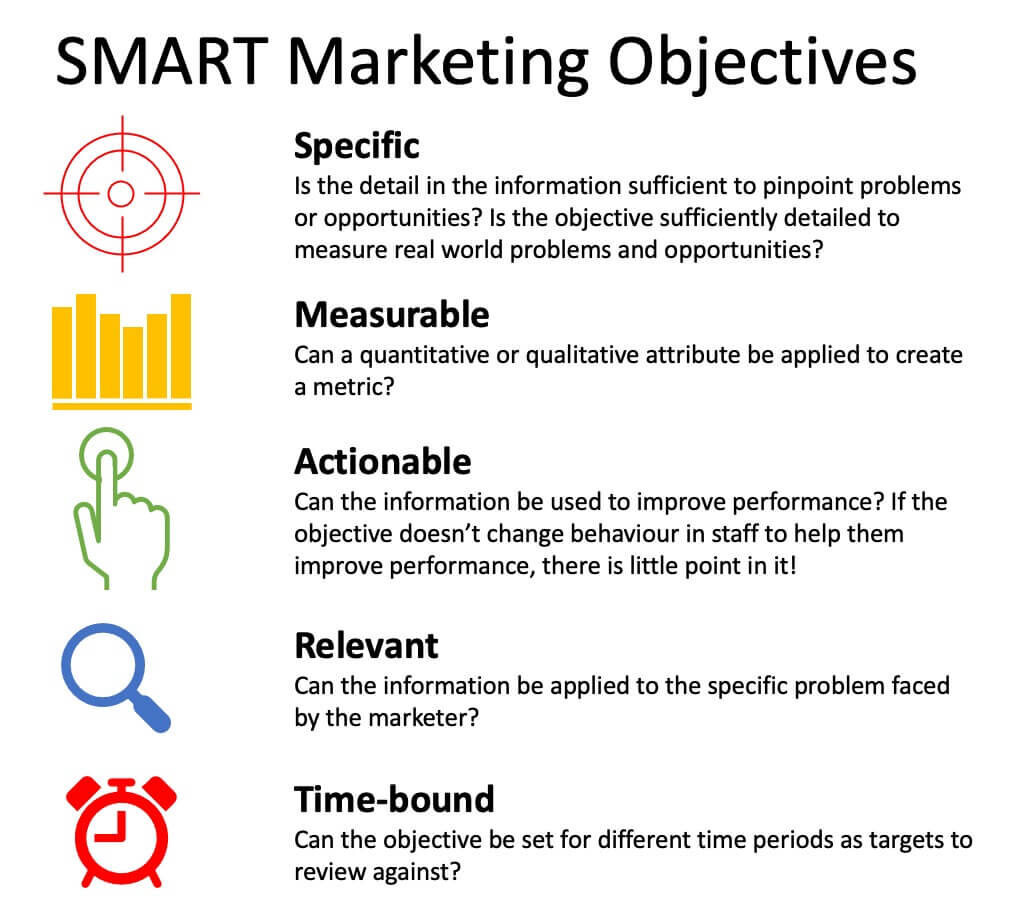



Marketing Objectives To Support Your Smart Goals Smart Insights




How To Write S M A R T Project Objectives Smartsheet
:max_bytes(150000):strip_icc()/GettyImages-1091775972-63a623c1ff3c434dae961763b98876db.jpg)



Smart Business Goal Examples




5 Smart Goal Example For Business Development




Time Bound Goal Quotes How To Set Smart Business Goals For Your Small Business Bplans Dogtrainingobedienceschool Com



What Smart Casual Dress Code Means




What Is A Kpi Definition Best Practices And Examples




Business Concept Meaning Smart Fridge With Inscription On The Sheet Stock Photo Picture And Royalty Free Image Image
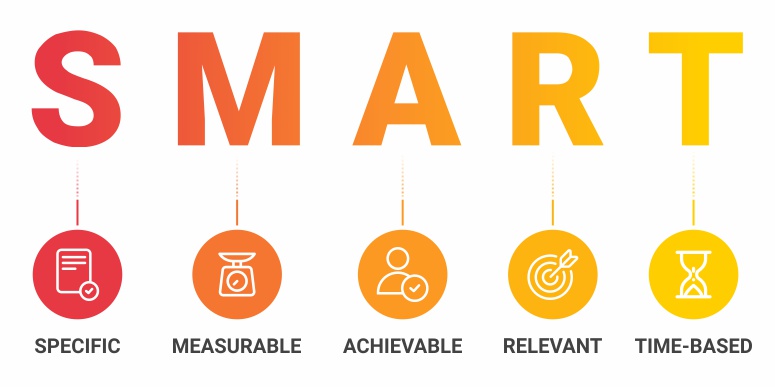



Smart Objectives And Goals Definition Characteristics And Examples Questionpro




5 Smart Goal Example For Business Development




What Is A Smart Goal Creating Brand You The Cv Writer




What Are Smart Goals The Guide To Setting Smart Goals In Nine Five To Freedom
:max_bytes(150000):strip_icc()/what-is-business-attire-1918075-final-5b63201a46e0fb0050407963.png)



Business Attire What Is It




Examples Of Measurable Goals And Objectives




Conceptual Hand Writing Showing Set Smart Goals Business Photo Showcasing Giving Criteria To Guide In The Setting Of Stock Illustration Illustration Of Efficient Lead



10 Smart Goals Examples For Small Businesses Free Template




Conceptual Hand Writing Showing Set Smart Goals Business Photo Text Giving Criteria To Guide In The Setting Of Objectives Canstock




Conceptual Hand Writing Showing Work Smart Business Photo Text Figuring Out In Order To Reach Goals In The Most Stock Illustration Illustration Of Push Inspiration
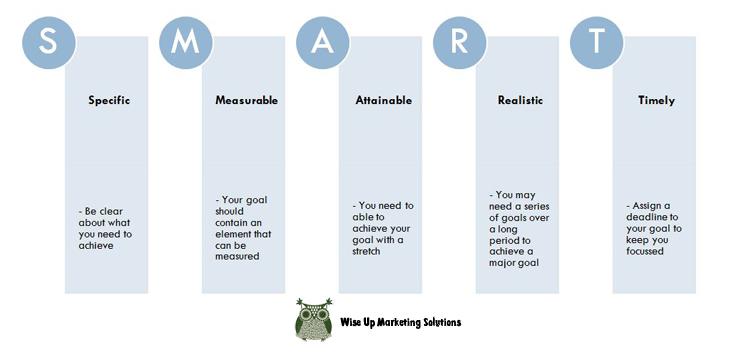



Setting Goals And Objectives The Smart Way Wise Up Marketing Solutions
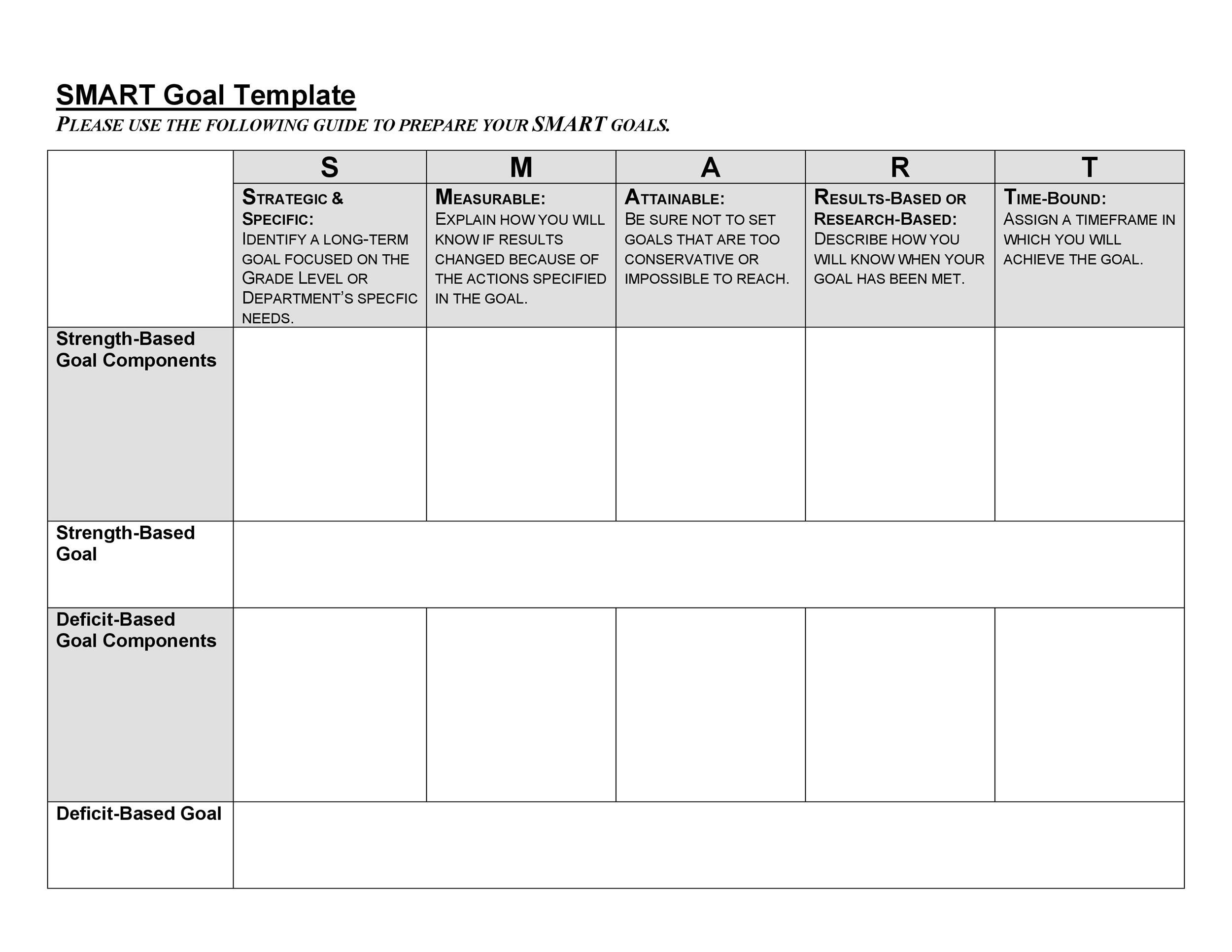



45 Smart Goals Templates Examples Worksheets ᐅ Templatelab




How To Motivate Your Company To Exceed Your Yearly Goals Splendor Design Group




Smart Goals 101 Get Examples Templates A Free Worksheet



How To Write S M A R T Project Objectives Smartsheet




S M A R T Goals



Smart Specific Measurable Agreed Realistic Time Bound If You Re Setting A Standard Or An Objective For Yourself Or Agreeing An Objective With Another Person The Task Or Standard Must Meet These Criteria




What Are Smart Goals And How Can You Set And Achieve Them




How To Set Smart Goals With 5 Examples Elegant Themes Blog



10 Smart Goals Examples For Small Businesses Free Template




The 1st Photonics And Technology Transfer Marketplace Photontransfer




45 Smart Goals Templates Examples Worksheets ᐅ Templatelab




Conceptual Hand Writing Showing Set Smart Goals Business Photo Showcasing Establish Achievable Objectives Make Good Business Canstock



3




11 Project Objectives Examples How To Write Them The Digital Project Manager




Handwriting Text Writing Set Smart Goals Concept Meaning Establish Achievable Objectives Make Good Business Plans Computer Receiving Emails Important Stock Photo Alamy



1




Handwriting Text Writing Set Smart Goals Concept Meaning Establish Achievable Objectives Make Good Business Plans Man Holding Megaphone Loudspeaker S Stock Photo Alamy




Conceptual Hand Writing Showing Set Smart Goals Concept Meaning Establish Achievable Objectives Make Good Business Plans Man In Suit Wearing Eyeglass Stock Photo Alamy




5 Smart Goal Example For Business Development




Conceptual Hand Writing Showing Smart Workout Business Photo Text Properlydesigned Exercise To Maximize The Muscle Growth Canstock



Smarter Specific Measurable Agreed Realistic Time Bound Ethical Recorded The Deluxe Version Of The Smart Acronym A Blueprint For All Objectives And Responsibilities Especially Delegation For Oneself Or When Agreeing Objectives Tasks




Conceptual Hand Writing Showing Set Smart Goals Business Photo Showcasing List To Clarify Your Ideas Focus Efforts Use Stock Illustration Illustration Of Inspiration Opportunity
:strip_icc()/how-to-create-an-action-plan-to-achieve-your-goals-1794129-FINAL1-fe79322eb1194ef790f2af4286879ae6.jpg)



How To Create An Action Plan To Achieve Your Home Business Goals




Strategic Objectives Examples And Explanation



Sbsb Small Business Smart Business By Acronymsandslang Com




What Are Smart Objectives And How Do I Apply Them




Pin On Business English Expressions Idioms




Smart Goals High Res Stock Images Shutterstock



Sibs Smart Integrated Business System By Acronymsandslang Com




Handwriting Text Writing Set Smart Goals Concept Meaning Establish Achievable Objectives Make Good Business Plans Man Holding Pap Stock Illustration Illustration Of Inspiration Goals




Smart Digital Marketing What It Is How It Benefits You What Is Operational Consulting And Why It Benefits Your Business




Handwriting Text Writing Set Smart Goals Concept Meaning Establish Achievable Objectives Make Good Business Plans Blank Oval Canstock




Conceptual Hand Writing Showing Set Smart Goals Business Photo Text Establish Achievable Objectives Make Good Business Stock Image Image Of Plan Measurements



What Does S M A R T Mean Definition Of S M A R T S M A R T Stands For Specific Measureable Attainable Realistic Timely By Acronymsandslang Com




Hard Work Has Always The Meaning Business Team Of Smart Creative People Analyzing Profit Of A New Project While Planning And Making Notes Stock Photo Adobe Stock




What Is Smart Home Or Building Home Automation Or Domotics Definition From Whatis Com
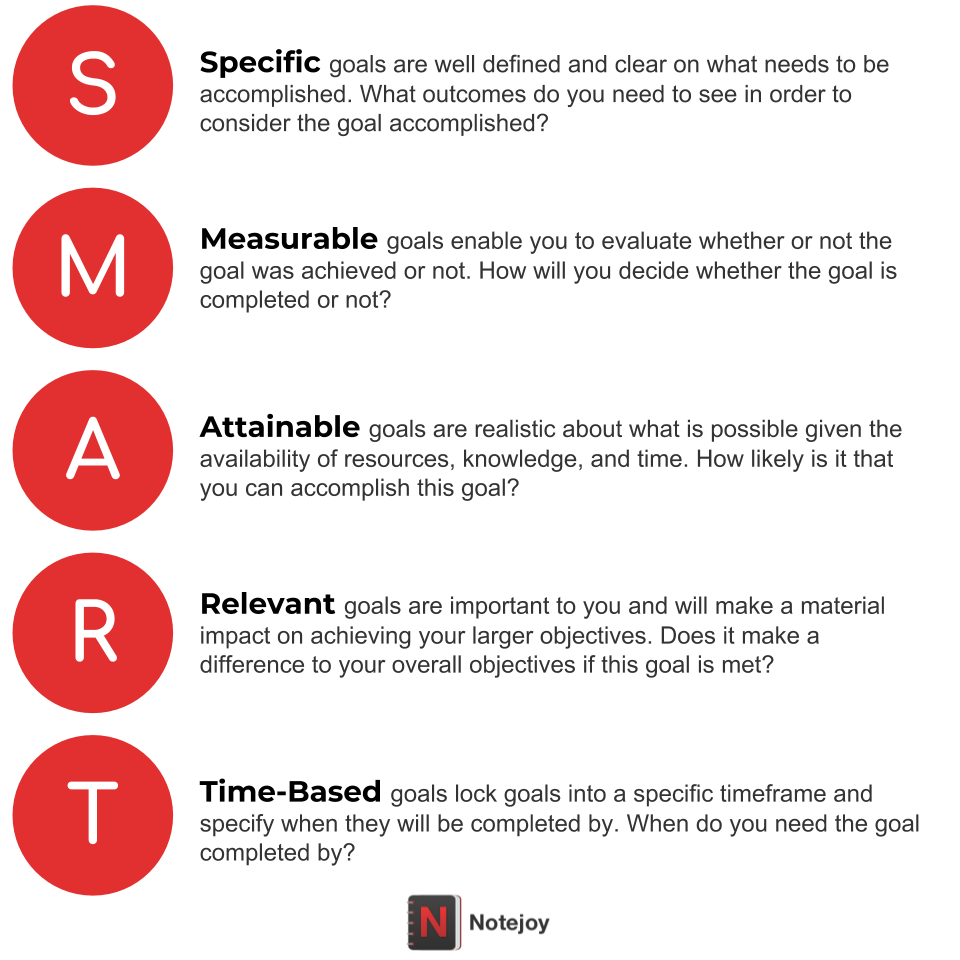



Smart Goals Examples For Work Notejoy




S M A R T Goals Rajatsrivastavaim21secb



1




Smart Goal Definition Guide And Importance Of Goal Setting




Smart Goals Examples For Work Notejoy




Conceptual Hand Writing Showing Set Smart Goals Business Photo Showcasing Giving Criteria To Guide In The Setting Of Canstock



What Smart Casual Dress Code Means




Handwriting Text Set Smart Goals Concept Meaning Establish Achievable Objectives Make Good Business Plans Blank Deformed Canstock




Conceptual Hand Writing Showing Set Smart Goals Concept Meaning Giving Criteria To Guide In The Setting Of Objectives Stock Photo Alamy




What Makes A Business Smart Intact




Everything You Need To Know About Marketing Objectives Wordstream
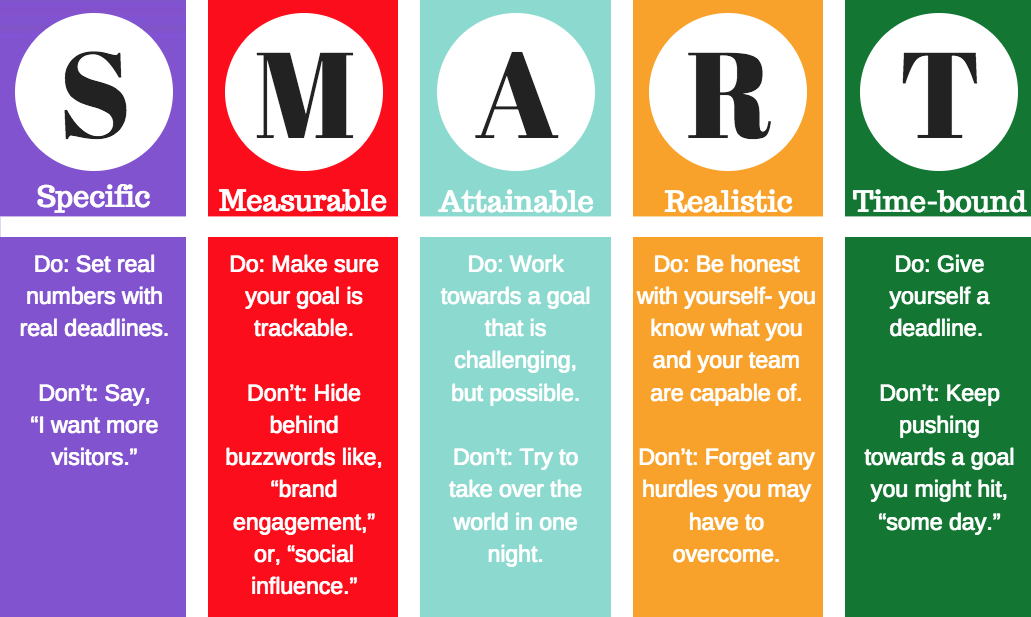



The Importance Of Setting Smart Goals




Conceptual Hand Writing Showing Smart Search Business Photo Showcasing Tool Used In Recording Software For Searching Stock Photo Image Of International Contact




Smart Objectives And Goals Definition Characteristics And Examples Questionpro




Smart Goal Setting Self Employed King Smart Goal Setting Smart Goals Goal Setting




Why Are Smart Goals Necessary In Business Mileiq Uk




Smart Objectives




Conceptual Hand Writing Showing Set Smart Goals Concept Meaning Stock Photo Picture And Royalty Free Image Image
/elements-of-a-smart-business-goal-2951530_final-01-7b370d33b03b4682a89f01068ef963b0.png)



5 Elements Of A Smart Business Goal




What Is Organizational Goals Definition From Whatis Com
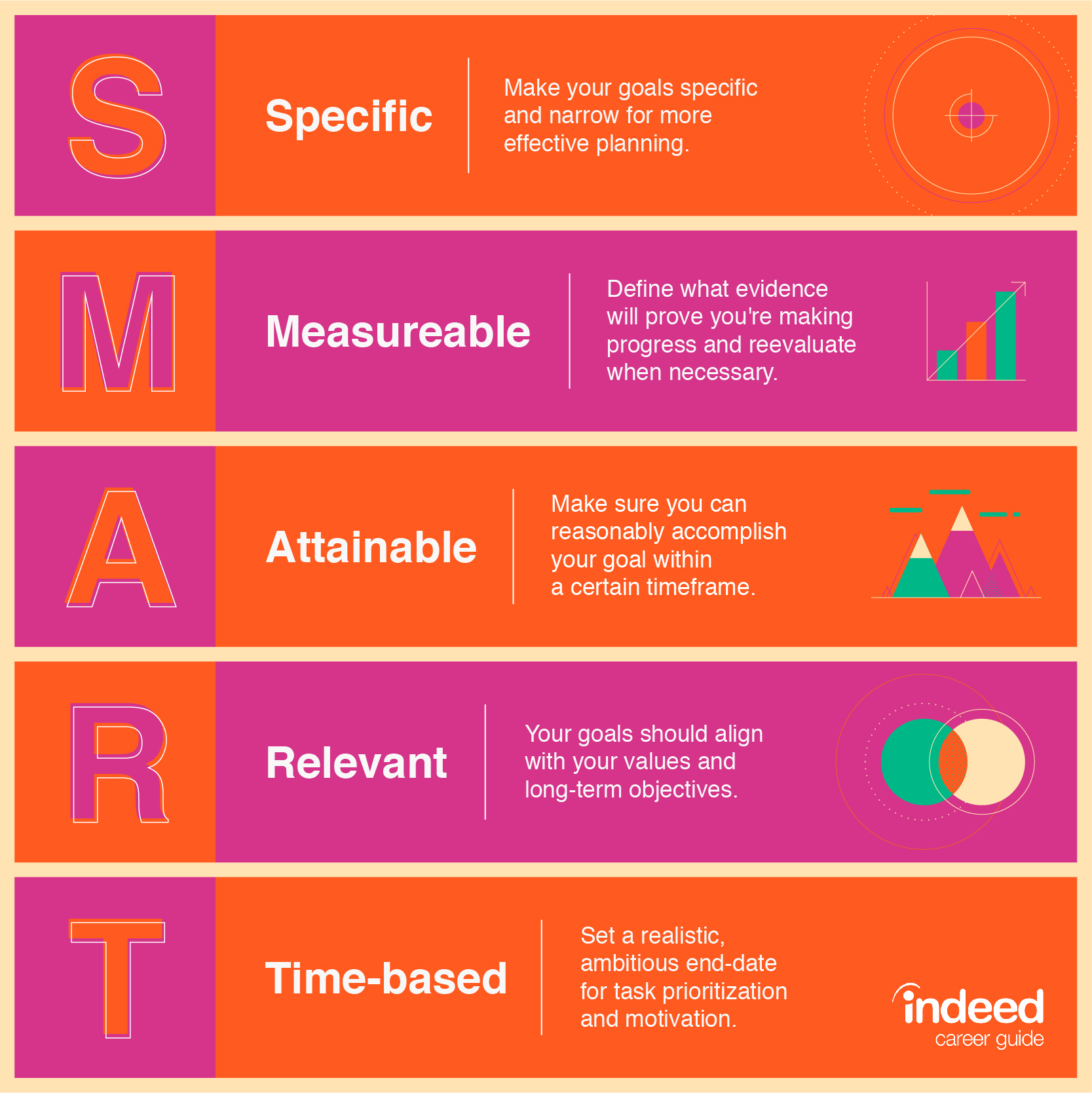



Smart Goals Definition And Examples Indeed Com




5 Dos And Don Ts When Making A Smart Goal Examples




You Still Need To Use These Smart Business Buzzwords Inc Com




Smart Goals Defined Video Marketing Business Smart Goals Internet Marketing Strategy




What Are Smart Goals And Why They Matter In Business Fourweekmba


